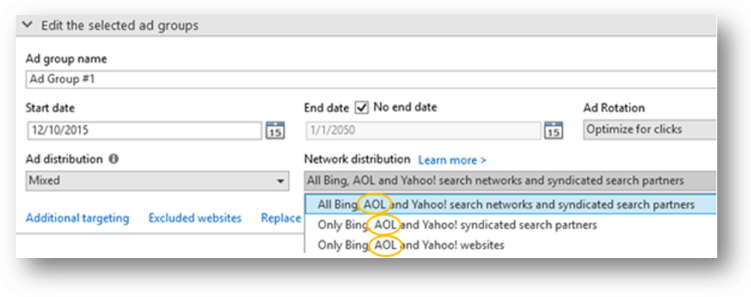7 Things About Digital Marketing Everyone Should Know
Digital marketing is something every company has to give due consideration to. Not an online business you say. Too bad because that doesn’t excuse you from anything. Even local, land-based businesses have to focus on the online arena, as that’s where their target audiences are.
Here are seven things about digital marketing you absolutely have to know.
1. Mobile Is Now
Audiences aren’t shifting more to browsing via mobile devices. They are already there. Over 50% of all Internet users are now operating exclusively on mobile devices. If you haven’t made your site responsive and geared everything towards smaller screens, you’re in trouble. First, Google will actively penalize you in the search results, consequently reducing your audience. Second, your existing customers will become increasingly frustrated and alienated.
2. Micro-Moments
The easiest way to define this is by relating it to impulse shopping. Portability and accessibility in the business world has led to the rise of micro-moments. You have mere seconds to fulfill a customer’s need. Your company has to have a platform that operates 24/7 in order to cater to anyone wherever they are.
3. Using Apps
Apps are becoming the ultimate way to reach your audience. A quick look at the TV and you will see just how many companies are advertising their apps instead of their core businesses. This is because many customers are ignoring browsers and going straight for apps. If you don’t already have a related app for your business, now is the time to address that.
4. Consider The Internet Of Things
The Internet of Things is a modern phenomenon relating to how ordinary every-day objects can, and are expected to, connect with a network. In other words, our phones turned from a simple way to make calls to connecting to the Internet. Smart home technology is another example of how the Internet of Things is taking hold. This is yet to become an absolute ‘must’ for businesses as it’s still in its infancy, but you should already be considering what you’re going to do about it. For now, this may be as simple as an app or thinking about the wider impact of your products and services.
5. Branding and Brand Management
The definition of branding for digital marketers has changed. It once referred to printing business cards, coming up with a website, and slapping a logo on it. Your brand extends to everything, now, especially how you are going to communicate with customers. Branding for businesses in 2016 must be holistic. It must include delving into potentially difficult topics like reputation and crisis management. Brands that succeed in the long run plan for every possible eventuality. All it takes is a co-worker to say the wrong thing and it can completely smear the company’s reputation.
6. Pushing People Through The Door
According to Edward James, CEO of Go Up, “SEO was once measured by the amount of traffic flowing to a website. Digital marketers made their money through getting people through the door. What happened afterwards was none of their concern. Now the responsibilities of the digital marketer have changed. It’s less about pushing people through the door and more about monitoring them throughout the entire purchasing process.” The digital marketer must concentrate on all steps of the buying process. In addition, after that they have to think about how they are going to retain customers in the long-term.
7. Live Streaming
Live streaming through platforms like Periscope and Twitch are on the up. Many companies have dismissed them as novelties that don’t need to be considered. Nevertheless, digital marketers have managed to turn them into dollar signs. Don’t underestimate the desire of customers to see what’s going on inside an operation. While we can’t give you any concrete tactics for how to utilize live streaming for the benefit of your business, what we can say is this is something to watch. Digital marketing is set to become more interactive than ever before, and part of this revolution will come from harnessing the potential of live streaming.
Conclusion
Digital marketing isn’t something you can ignore if you want to make your organization into a success. The time is now to take advantage of it. If you don’t know enough about it, hire someone. Nevertheless, whatever you do don’t let your competitors pass you by.
Our cross-channel digital marketing expertise, data analysis, precise construction and execution of successful digital marketing campaigns make sure your brand meets the consumer when and where they need them. Contact us to speak with a Digital Marketing expert today.












